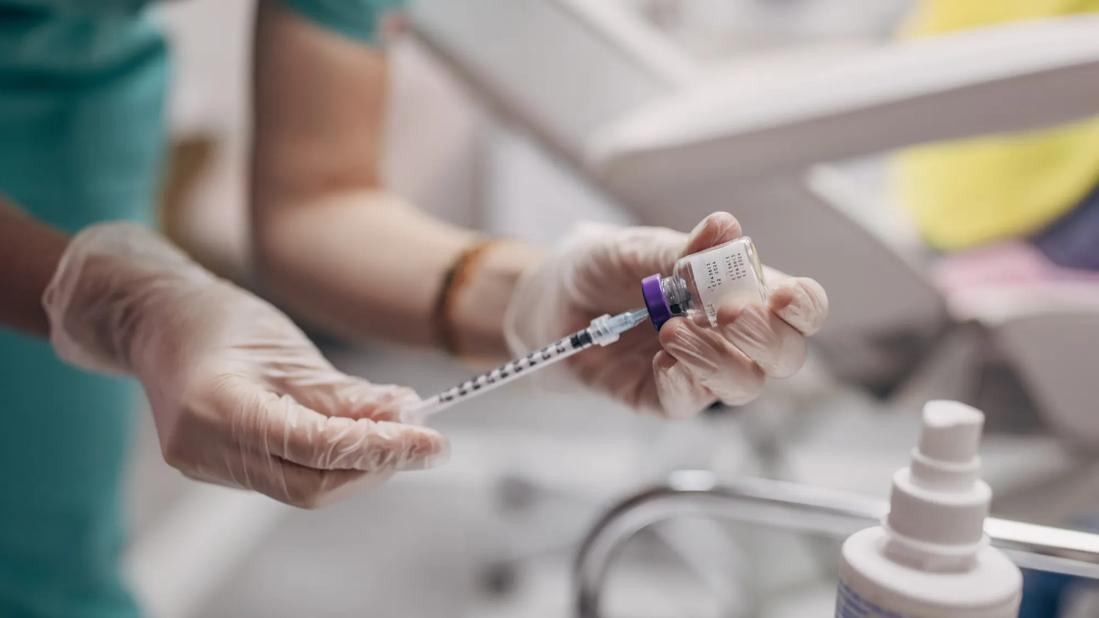Incidence of urinary retention and UTI similar to younger patients

OnabotulinumtoxinA (BTX-A) is commonly used to treat overactive bladder. Injecting BTX-A into the bladder muscle can reduce episodes of urge incontinence, although urinary retention and urinary tract infection (UTI) are possible side effects.
Advertisement
Cleveland Clinic is a non-profit academic medical center. Advertising on our site helps support our mission. We do not endorse non-Cleveland Clinic products or services. Policy
Studies have reported a high level of safety and effectiveness of BTX-A injections, but none specifically in patients age 80 and older, until now.
“The U.S. has a growing population of aging yet active adults who may benefit from BTX-A injections,” says Cleveland Clinic urologist Howard Goldman, MD. “Our practice regularly provides BTX-A to older adults.”
To better understand the treatment’s effect on patients age 80 and older, Dr. Goldman led a retrospective study of men and women treated at Cleveland Clinic between 2007 and 2017. Results were presented at the 2018 American Urological Association meeting by Patricia Zahner, MD, a urology fellow at Cleveland Clinic’s Glickman Urological & Kidney Institute.
An elderly cohort of 62 patients, aged 80 to 94, was compared to a younger cohort of 68 patients, aged 50 to 70. Following BTX-A injection, 11 percent of elderly patients experienced urinary retention, compared to 4 percent of the younger patients. In addition, 6 percent of elderly patients experienced UTI, compared to 7 percent of younger patients.
“Complication rates were low for both cohorts,” says Dr. Zahner. “Yet satisfaction rates with the treatment were relatively high — 47 percent of the elderly cohort and 53 percent of the younger cohort. There was no statistically significant difference in the safety and efficacy of BTX-A injections between age groups.”
BTX-A injection is a viable treatment option for all patients with overactive bladder, regardless of age, she adds. Physicians do not need to avoid offering it to elderly patients due to risk of complications.
Advertisement
Conservative treatments for overactive bladder include pelvic floor physical therapy, bladder training, reducing fluid intake and decreasing caffeine. Daily medications, such as anticholinergics and beta-3 agonists, are other first-line therapies.
“The risks of these treatments are minimal, yet patients must continue treatments indefinitely and may still need to wear incontinence pads or undergarments,” says Dr. Zahner. “Effectiveness of physical therapy, dietary modifications and medications are similar, providing about 50 percent improvement in overactive bladder symptoms.”
When conservative measures aren’t enough, or where polypharmacy is a concern, physicians and patients consider advanced therapies, namely BTX-A injections, sacral neuromodulation and percutaneous tibial nerve stimulation (PTNS).
Unlike sacral neuromodulation, which requires surgical implantation of an electrical nerve stimulator, BTX-A injection does not require surgery or general anesthesia. Unlike PTNS, BTX-A injection does not require weekly treatments or regular maintenance visits. BTX-A can maintain effectiveness when injected only two or three times annually. Patients require only local, if any, anesthesia.
“BTX-A injection may be preferred by any patient with an active lifestyle — even elderly patients,” says Dr. Zahner. “Eighty-year-olds today are healthier and more active than they were 30 years ago. These patients can be good candidates for BTX-A, considering that overactive bladder is associated with high comorbidities and immobility. The likelihood of overactive bladder compromising their quality of life is much higher than that of BTX-A causing complications.”
Advertisement
Advertisement

Fixed-dose single-pill combinations and future therapies

Reproductive urologists publish a contemporary review to guide practice

Two recent cases show favorable pain and cosmesis outcomes

Meta-analysis assesses outcomes in adolescent age vs. mid-adulthood

Proteinuria reduction remains the most important treatment target.

IgA nephropathy is a relatively common autoimmune glomerular disease that can be diagnosed only by biopsy

Oncologic and functional outcomes are promising, but selection is key

Cleveland Clinic is first to use the device, known formerly as the UroMonitor